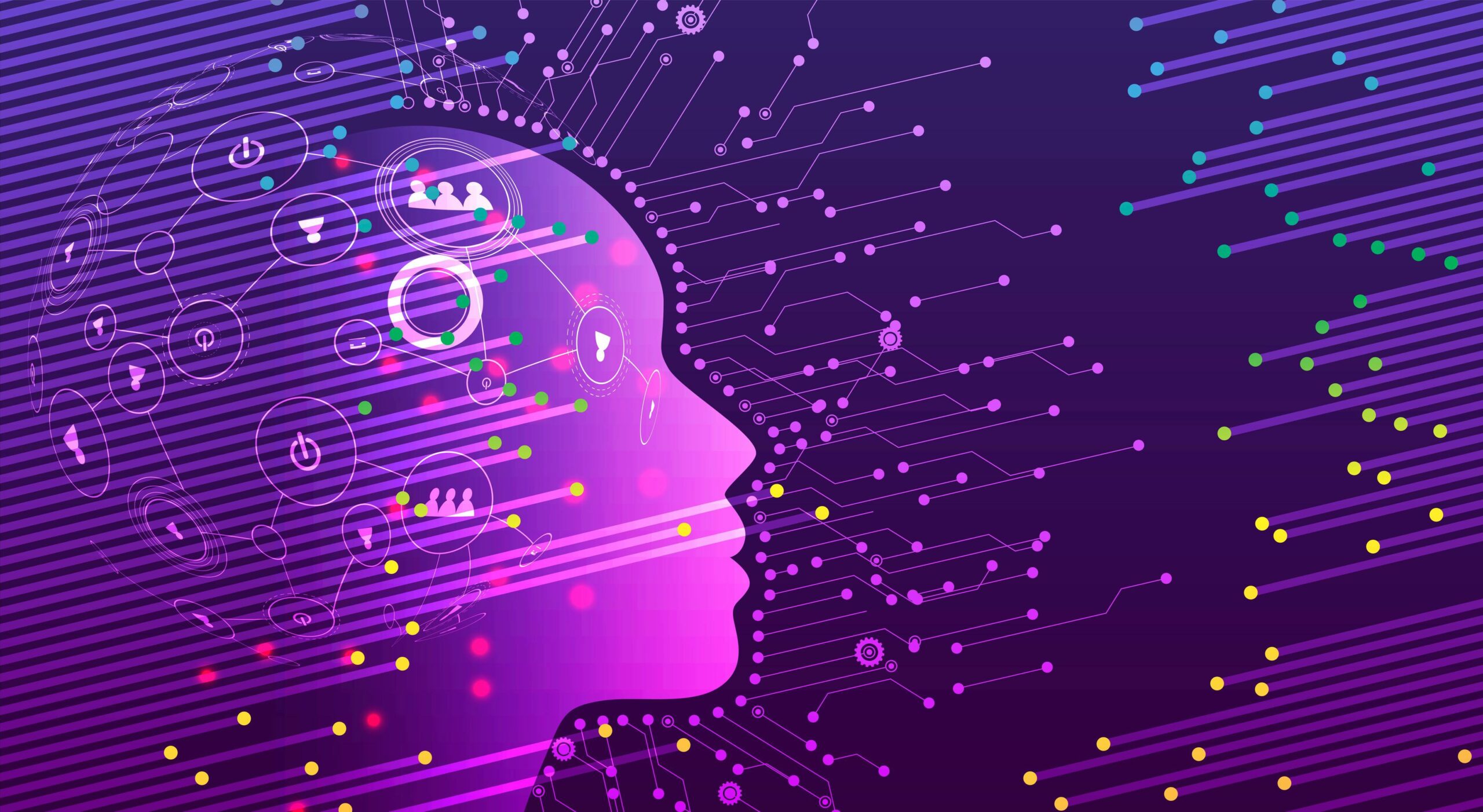As learning and development departments begin to explore the metaverse and its relevance to the future of training, upskilling, team building and more, there is also increased demand for proof of its effectiveness and impact. Training with immersive technologies opens a new realm of possibilities to capture learner engagement, outcomes and retention. Simple online surveys or smiley feedback buttons don’t dig deep enough to truly understand the impact of L&D efforts.
In virtual reality, we can capture learner comprehension in real time as well as tangible output from experiential learning exercises, slice and dice that data in myriad ways, and then provide the learner and managers with a dynamic dashboard of meaningful learner progress with proof. The evolution of immersive technology has drastically changed what we’re able to track about learners, but it is important to understand what’s possible and how to use the data to validate ROI and learner impact.
How learner progress is measured today
Traditional measurement of learning – from primary school to corporate training – leans on individual assessments such as quizzes, tests, project work and completion rates to measure effectiveness. At corporate training levels, some L&D teams expand upon these measures to capture learner satisfaction using pre-/post-surveys and focus groups. Individual performance improvement, such as productivity and overall skill development on the job, is typically measured with annual performance reviews (and the value of those is debatable). Many organizations refer to the Kirkpatrick model to measure learning effectiveness, some use balanced scorecards. Some organizations go the extra mile and offer one-on-one coaching to reinforce new skills and behaviors, especially when grooming people for future senior positions. At the end of the day, knowledge gained is largely measured with key metrics such as learner completion and satisfaction.
All of this is good, but not enough. Too much has changed in our world in recent years, and not surprisingly so have employee expectations.
Employees expect, if not demand, more from their employers. They want to be challenged. They want to grow. They want to be treated as human beings, not just employees. They want to feel valued. They want to work on rewarding and fulfilling projects. They want equality. These sentiments and expectations are just one of the components re-shaping the workplace. To attract and retain top talent, L&D needs to consider what learning experiences have the most impact, not just for today, but for the long run. And not just for the individual, but for the entire organization.
It is also time to reconsider not just what is measured, but how it is measured, and go beyond assessment at the end of a training session. We all know what happens after intense training sessions. People go back to their daily routines and often don’t have time or interest in applying what they learned. Training fatigue is also real – employees are tired of taking time from their busy schedules to knock out training they may feel isn’t relevant to them or their roles. Given hybrid/virtual workplaces, the prominence of Zoom and online training, it’s ever more important to track learner engagement. Are people paying attention? Are they grasping what’s being taught? Are they able to link new skills/knowledge to their jobs? Are they having fun learning or are they bored? And learner retention – isn’t this where the big payoff is?
Training with immersive tech
The introduction of immersive technologies (e.g., virtual reality and augmented reality) into corporate L&D departments presents new ways to measure the impact of training, especially when it comes to engagement and retention. Because the emphasis is on application or “learning by doing,” employees are no longer passive participants in online training sessions. Referring to Edgar Dale’s Cone of Learning (also called the Cone of Experience), people remember 90 percent of what they do versus only 10 percent of what they read or 30 percent of what they see.
In addition to experiential learning, the value of immersive technology is multifold:
- Learning environments and simulations are highly customized and realistic.
- It is exceptionally engaging. Learners simply can’t multitask while in VR, so there is a true sense of presence.
- VR provides a psychologically safe environment to try new things, make mistakes and practice new skills and behaviors.
- Disparate workforces can collaborate and learn together in an entirely new dimension no matter where they are physically located.
- There are multiple ways to learn – from practical application, to recording and observing simulations, to reflecting on what went right/wrong, to real-time coaching when it matters most.
- Learner outcomes can be measured with tangible and practical output vs. a survey or other assessment tool.
- The amount of learner data that can be captured, analyzed and shared is expansive compared to traditional methods.
How is VR being used today in organizations? Early adopters such as Accenture, PWC and Bank of America have been experimenting with – and subsequently rolling out – VR-supported environments for onboarding new employees, soft skills training, customer service simulations and more. Indeed, we are in the beginning stage of a new tech cycle, and it therefore requires patience with adoption and tech glitches, as well as a vision for all the forthcoming possibilities. Harken back to how training and onboarding were conducted before the omnipresence of the Internet. In a few years, Web3 and the metaverse will become even more pervasive and are poised to significantly alter how people live, work, learn, play and communicate.
Data, data, data
When it comes to measuring learner outcomes and overall impact, VR enables us to capture and track many more data points, which not only enriches the learner experience, but helps L&D managers more accurately demonstrate the value and impact of their training programs. Now, considering how rapidly immersive technologies are evolving every day, what we will be able to measure in the next 5-10-20 years will blow away what we can do today. Here are some examples of how learner data and impact are tracked with immersive technologies today:
- Hot spots embedded within virtual simulations, such as 360 videos, can assess learner knowledge in real time while they’re immersed in a situation. They are given immediate responses as to whether their answers are right or wrong, along with an explanation.
- AI-powered virtual simulations using software from companies like SimInsights reinforce the “reality” part of VR by tracking repetitive voice and vision responses to create more realistic (not canned) conversations for soft skills training.
- VR headsets can track eye gazing and audio as an additional way of measuring engagement. It is now possible to measure how often people speak and if they are paying attention from a visual perspective. If learners don’t participate or skip out of a session entirely, instructors will know. There’s no hiding in the back of the room.
- All these data points can be funneled into a custom learner dashboard where individuals (and their managers) can view dynamic, graphical representations of their progress, while also encouraging them to expand their skill set with suggested topics or paths.
Why does this matter? We live in a data-driven world, and the more data we can provide to employees and senior managers alike, the better decisions we can make and the more meaningful those training sessions can be. This level of data can help determine who is your most promising talent, who is contributing to organizational goals – and which training sessions are most impactful and lead to the best learning outcomes (whether measured by productivity, employee advancement, or finally seeing behavioral changes when it comes to DEI initiatives), and so much more. With this amount of data, the learner journey becomes exponentially more meaningful, accurate and (hopefully) motivating.
The power of learner metrics
Not only does immersive tech give organizations a better understanding of their L&D efforts and where their money is best spent, but it also gives individuals better insight into and control of their own career advancement. This is particularly important given the transformation of the workplace and the impact of digital transformation. Giving employees ownership of their learning progress and realizing their value and contributions can feel truly motivating and rewarding, which can translate into talent retention for organizations.
Now is the time to begin experimenting with VR and AR tools and platforms. Employees today are begging for a more inclusive, engaging workplace experience supported with meaningful collaboration and growth opportunities. The forthcoming generation of workers expect it – along with the latest technology.












